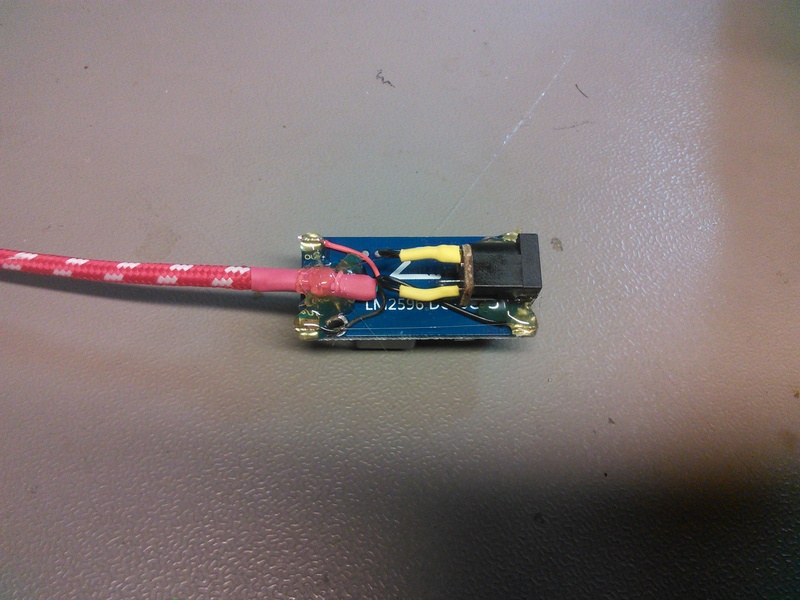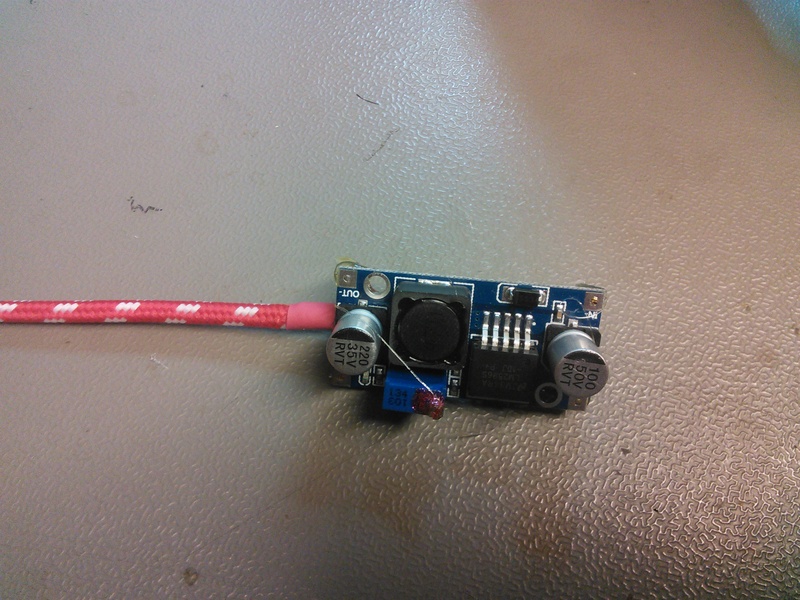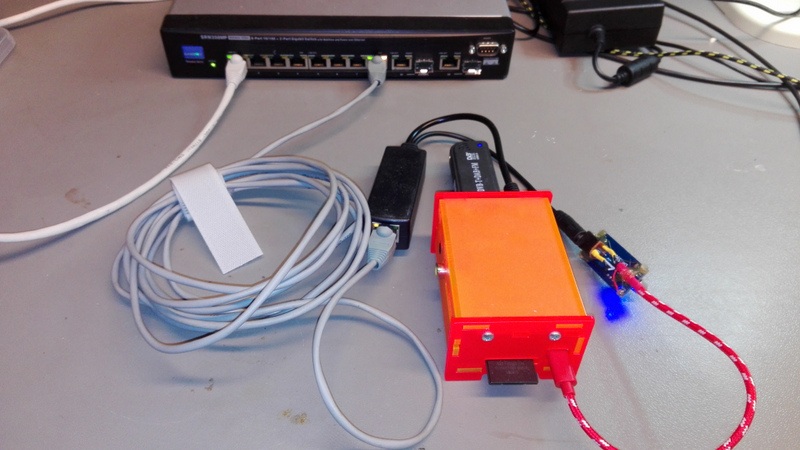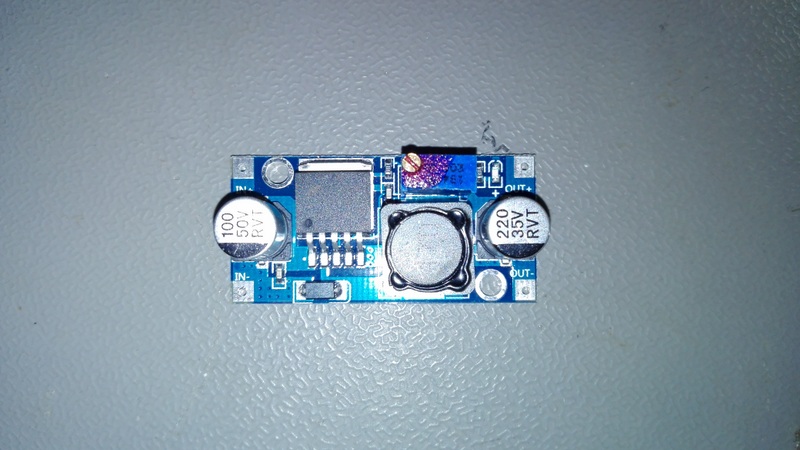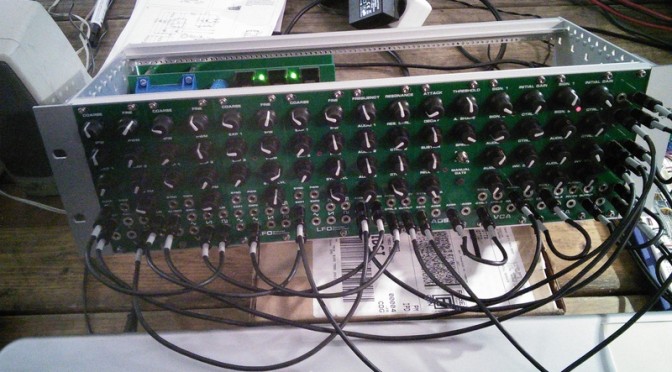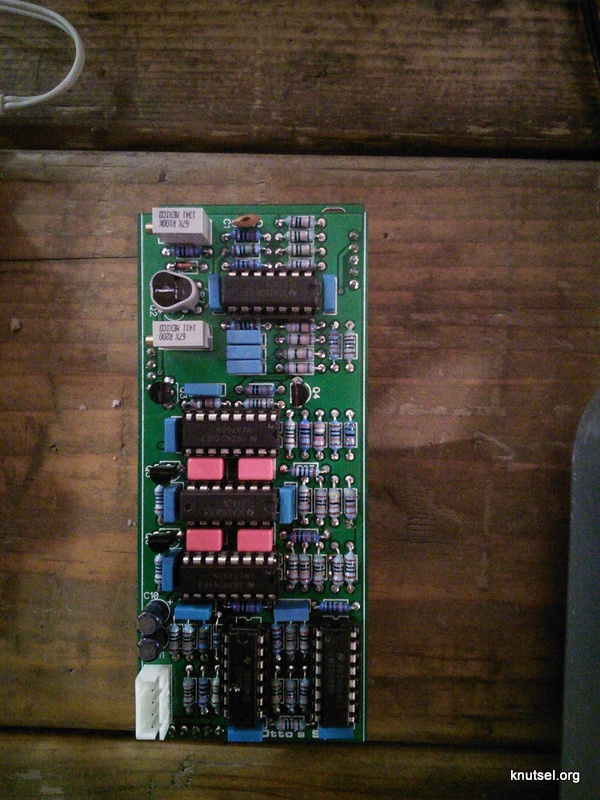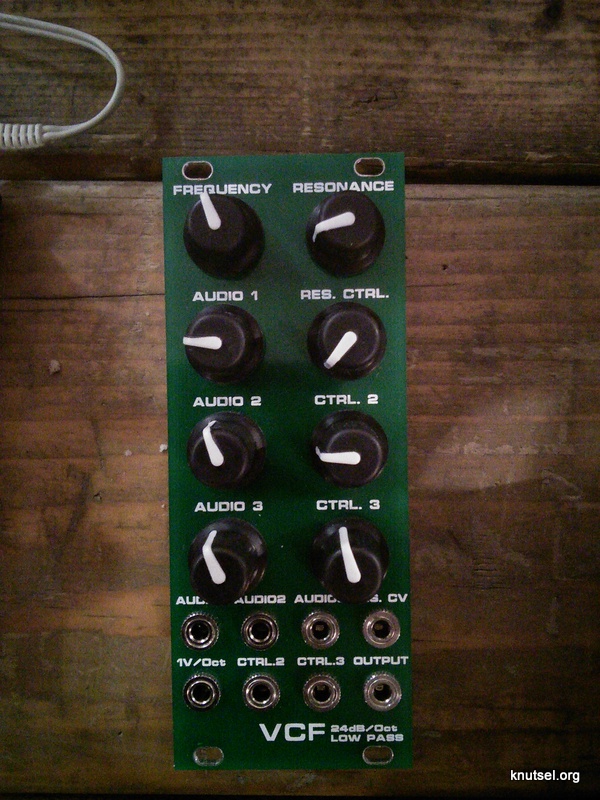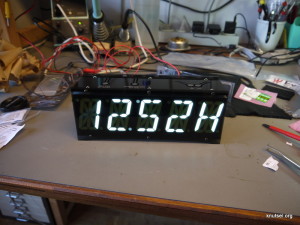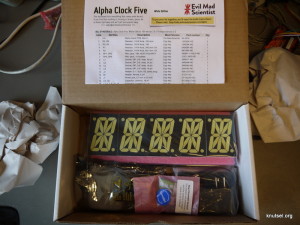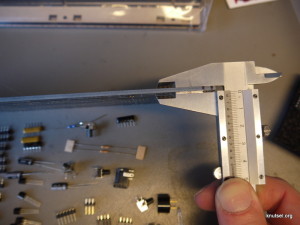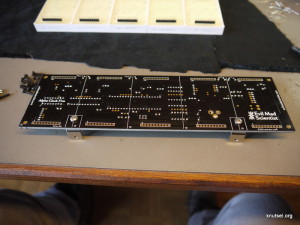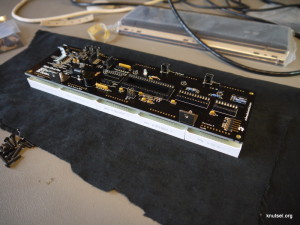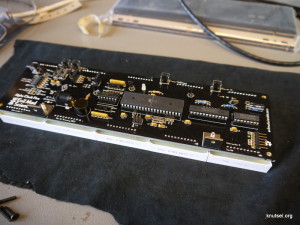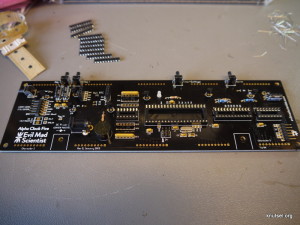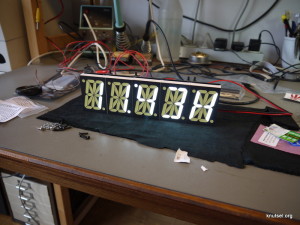The PCB’s for the kits and projects on this blog are made by cheap manufacturers. These manufacturers don’t especially cater to hobbyists but would like to have filler orders to keep production running when there are no large orders available. The PCB manufacturers sell this production time cheaply, the downside for the customer is the long or uncertain delivery time.
When shopping for PCBs you can sometimes tweak two parameters : the delivery time and the number of boards. A longer delivery time will lower the cost, a larger number of boards will raise the total cost but in general lower the cost per board, sometimes by a lot.
The manufacturers will typically want you to deliver gerber files. Making and checking gerbers is a blogpost by itself, the BatchPCB FAQ has an entry about them and Sparkfun has a tutorial. Before I have PCB’s made I check them at circuitpeople.com and if the board is really new I usually render it with Eagle3D.
Here is a list of PCB manufacturers I have used and some that I have not yet used but offer interesting services.
MakePCB
MakePCB is by far the cheapest PCB manufacturer I have found. The site is not as detailed as the competitors site and the communication is not very helpful at all. The price is unbeatable. I have used their service in the past expect to use them in the future.
BatchPCB
BatchPCB is Sparkfun’s PCB Pooling service. The designs are panelised by BatchPCB and the panels are made and cut by by Gold Phoenix and sent to the US in bulk. BatchPCB then sends out the PCB’s to the end customers. Specs and tolerances can be found here, prices are here. BatchPCB is a great service and offers other services like selling your boards to other users. I have stopped using BatchPCB because BatchPCB is expensive and located in the US. Sending boards from China to the US and sending them from the US to Europe adds to the cost and delivery times.
Eurocircuits
Eurocircuits have their own manufacturing and pooling service. The quality of the boards is high and the price is too. Where MakePCB keeps communication to just below the bare minimum, Eurocircuits has a hand-full of sites in different languages, and a coice of 4 or 5 different PCB services. The result is pretty confusing. The price calculator is shared between all sites but needs magic parameters in the URL to determine the price. I suspect they have different prices for different kinds of customers. Eurocircuits have been partnering with Elektor and offer Elektor PCB’s no longer offered by Elektor themselves.
Board and price examples
Say we’d like to have 25 Arduino shields made. The shields are double sided, with double sided solder mask and a single silkscreen. The PCB’s are not rectangular but have the traditional Arduino Shield bump and holes. The board is 69 x 53 mm. Shipping is to the Netherlands.
| Manufacturer |
clearance |
trace |
via |
Price 1 |
Price 25 |
S&H 1 |
S&H 25 |
Total 1 |
Total 25 |
Lead time |
| MakePCB |
0.2 mm (8 mil) |
0.2 mm (8 mil) |
0.3 mm (12 mil) |
26.72 € |
56.76 € |
6.21 € |
14.73 € |
32.48 € |
71.49 € |
about 4 weeks |
| BatchPCB |
8 mil (0.2 mm) |
8 mil (0.2 mm) |
20 mil (0.5 mm) |
15 USD |
375 USD |
about 18 USD |
about 18 USD |
33 USD |
393 USD |
about 20 days |
| Eurocircuits |
8 mil |
8 mil |
0.35 mm |
53.81 € |
121.13 € |
10.01 € |
10.16 € |
63.81 € |
131.29 € |
about 30 days |
Other PCB services
There are a couple PCB services that I have not used yet but that seem to offer interesting services.
Gold Phoenix PCB
Gold Phoenix PCB is the manufacturer that supplies the PCB to BatchPCB. BatchPCB collects orders to fill up panels. Once a panel is full, BatchPCB has the panel made, cut up to the individual boards and sent to BatchPCB. This “buy a panel” service is also available to end users. The panel sizes for 2 layers are 1000 cm2 or 650 cm2. The shield in this example has an area of about 37 cm2. One panel would yield 27 Arduino shields. Gold Phoenix is a bit more expensive than the cheapest option I have used but is interesting because they support tighter tolerances and, for a fee, inner cuts, different color soldermasks and different color silkscreens. You could do stuff like white PCB’s with black lettering.
PCB-Pool
PCB-Pool is one of the older PCB manufacturers that offer their services online. PCB-Pool is interesting because the offer solder paste stencils, sometimes for free. They also have a Front panel service.
More price examples
Two notes about the prices here :
- In this example PCB-Pool will make 30 PCB’s for the same total price as 25. Apparently they are filling panels.
- In this example GoldPhoenix will make 27 PCB’s.
| Manufacturer |
clearance |
trace |
via |
Price 1 |
Price 25 |
S&H 1 |
S&H 25 |
Total 1 |
Total 25 |
Lead time |
| GoldPhoenixPCB |
7 mil |
7 mil |
15 mil |
99 USD |
99 USD |
10 USD |
10 USD |
109 USD |
109 USD |
8 working days |
| PCB-Pool |
0.15 mm (6 mil) |
0.15 mm (6 mil) |
0.3 mm (12 mil) |
43.73 |
198.30 Euro |
? |
? |
? |
? |
? |
–
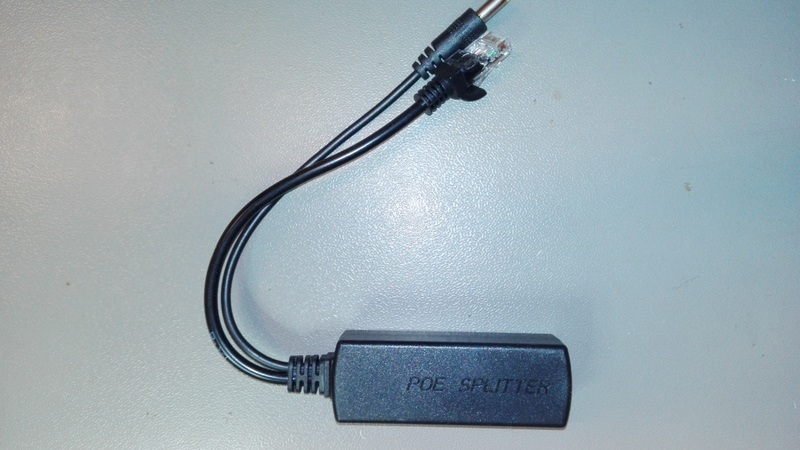 The PoE splitter was fairly cheap (about 7 euro) and there were some doubts if this was actually an active splitter. The sticker on the back states IEEE802.3af compatibility.
The PoE splitter was fairly cheap (about 7 euro) and there were some doubts if this was actually an active splitter. The sticker on the back states IEEE802.3af compatibility. The insides seems legit,an actual PoE controller chip, isolating transformer and Ethernet transformer. The parts used look like the application note with one difference : the application note describes a 10/100/100 MB/s solution with 4 wire pairs, this splitter only supports 2 pairs.
The insides seems legit,an actual PoE controller chip, isolating transformer and Ethernet transformer. The parts used look like the application note with one difference : the application note describes a 10/100/100 MB/s solution with 4 wire pairs, this splitter only supports 2 pairs.

